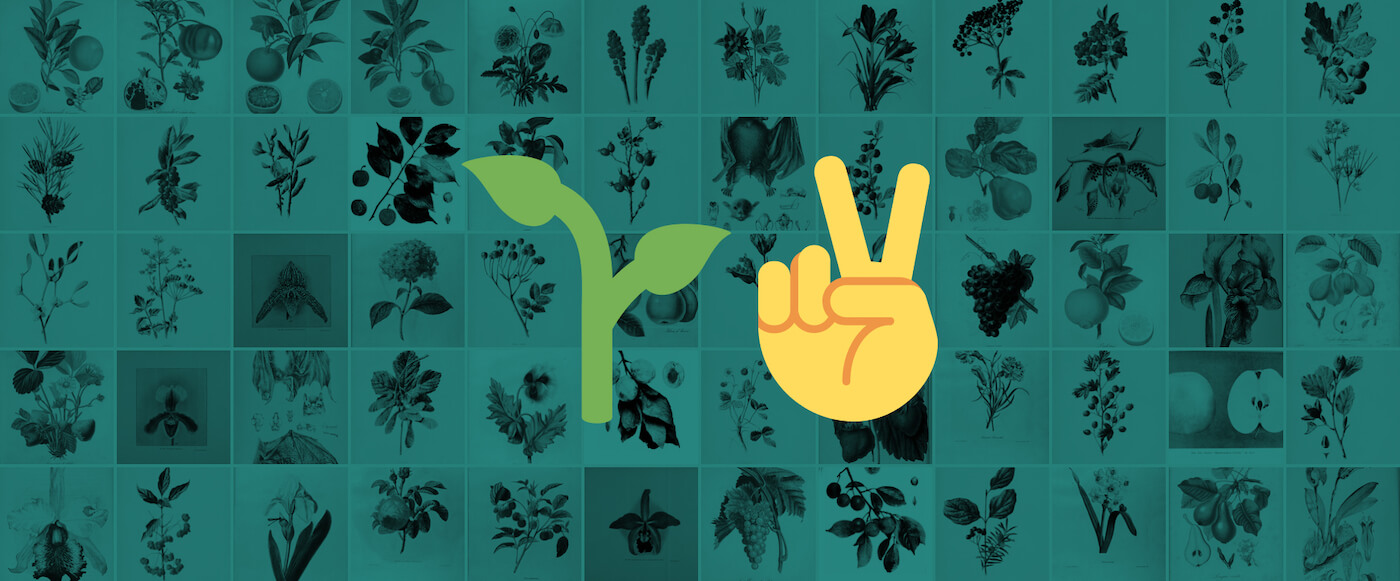Making 8500 plants available to you

Summary: We made ~8500 plants available to you by importing the Plant For a Future dataset. You can use it now to create lists, guilds and help improving that data.
The first thing I did when I started Permapeople was to look at other plant databases and platforms with a similar focus. If you ever were in the situation to try to get some information about specific plants, especially attributes which are important for a Permaculture style of gardening, there is a high chance you found Plants for a Future (PFAF). It is a database started by Addy and Ken Fern, later turned into a not for profit organization operated by a handful of trustees. In recent years, they refocused their work on plants’ role in fighting climate change through carbon sequestration. If you don’t know them, you should definitely check them out.
I put a lot of consideration into importing the PFAF database into Permapeople, but decided against it in the beginning. The more I talked to people and our first users, I figured that using existing datasets saves contributors a lot of time and provides an immediate value. Most people I talked to are beginners or people running larger gardening operations, and I wanted to create something that could help them immediately in their projects. I think the PFAF database is one of the best resources available, but I found some problems with it, limiting its usefulness.
Data Quality
While the PFAF dataset is probably the biggest by numbers and completeness, it has a few problems: Many things are outdated, incorrect, ambiguous, or incoherent. Some might think that plant data and its field, botany is a static field. Actually, it is really the opposite: New discoveries, nomenclature changes, and fresh scientific research comes in weekly. Keeping track of this with a tiny circle of paid workers is a tough job to do. Even if you could contribute a fix, there is no way of doing that. Crowdsourcing this problem by letting anyone change the data could be very helpful. This is one of the main reasons I started Permapeople: I wanted to have one place to find up-to-date, correct, peer-reviewed information on the plants I want to grow. If I miss some info or find something incorrect, I can easily edit it and help everyone who needs this information after me. Think Wikipedia, but specifically for plants.
No clear roadmap
What makes working with PFAF data more challenging is that there is no information on if and when data gets corrected, updated, or added to PFAF. We do not know if and when new features will be added and if the organization will shift its focus to other projects in the future.
Unstructured Data
While this is related to the data quality, the PFAF data is not structured and rather a full-text description of the plant. This makes it hard to find or sort through specific info because many attributes are not filterable and searchable. For example, while PFAF has great information on companion planting, it’s impossible to search based on these connections. You are left with searching through many plant profiles, reading long paragraphs, and scanning for the required information.
Missing features
Having a database is great, but information seekers and contributors need some functionality to work with it. PFAF doesn’t provide any of that, and this is why we already added some of these missing features to Permapeople.
See the editing history and sources
A huge factor of why Wikipedia is so trustworthy is that every change is public and can be easily reviewed by anyone. This lets a user easily gauge any meta-information about a plant: Is this info credible or just a myth created by the hive-mind of the internet? Do many people agree with that info? Are there sources proving the correctness of the information? If yes, how many? Or how are people working within a similar climate to you faring with that plant?
Create plant connections and guilds
Companion planting and the more advanced concept of guilds are a huge part of the success of Permaculture. At Permapeople, you can create explicit plant connections (may they be beneficial or adversary) and organize plants into guilds. This info can be fed back to the database and give users even better information: If two plants are used in many user-generated guilds, there is a high chance that these plants go well together.
Much of this functionality is in a very early stage, and we need your help and feedback to improve these features and the data itself. I hope this post helped you understand why I imported the PFAF dataset into Permapeople and how we plan to improve on the hard work PFAF and its contributors have already accomplished. In the best case, we can contribute our changes back to PFAF.
If you are interested, I suggest you try to search for some plants and sign up to create your first list or guild.
Happy growing 🌱✌️,
Ben
PS: If you work for PFAF (or know someone who does), please reach out to us at hello at permapeople org - we’d love to talk about the future!